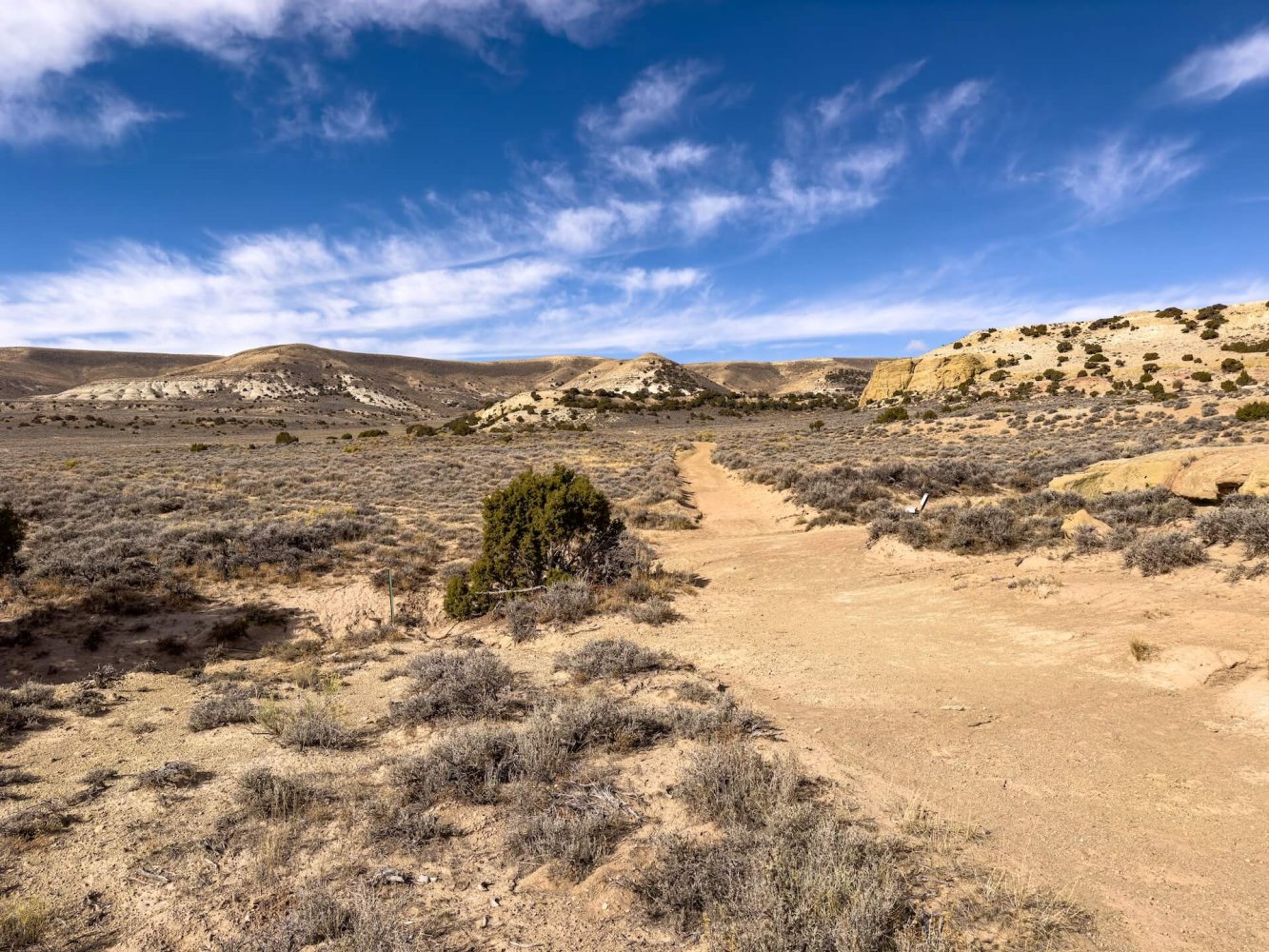
Wyoming’s Heritage: Rooted in the Modern American Spirit
Wyoming’s heritage is more than a mere collection of stories—it’s the heartbeat of the American experience. This rugged, awe-inspiring state has served as a cultural crossroads for centuries, where generations of people have shaped and been shaped by the land.
From ancient Indigenous traditions to the daring determination of Wyoming settlers and the rise of ranching culture, each chapter adds depth to the broader narrative of American western history. Prepare to embrace curiosity and explore the foundational threads that continue to influence modern American identity.
The First Stewards: Indigenous Tribes & Enduring Traditions
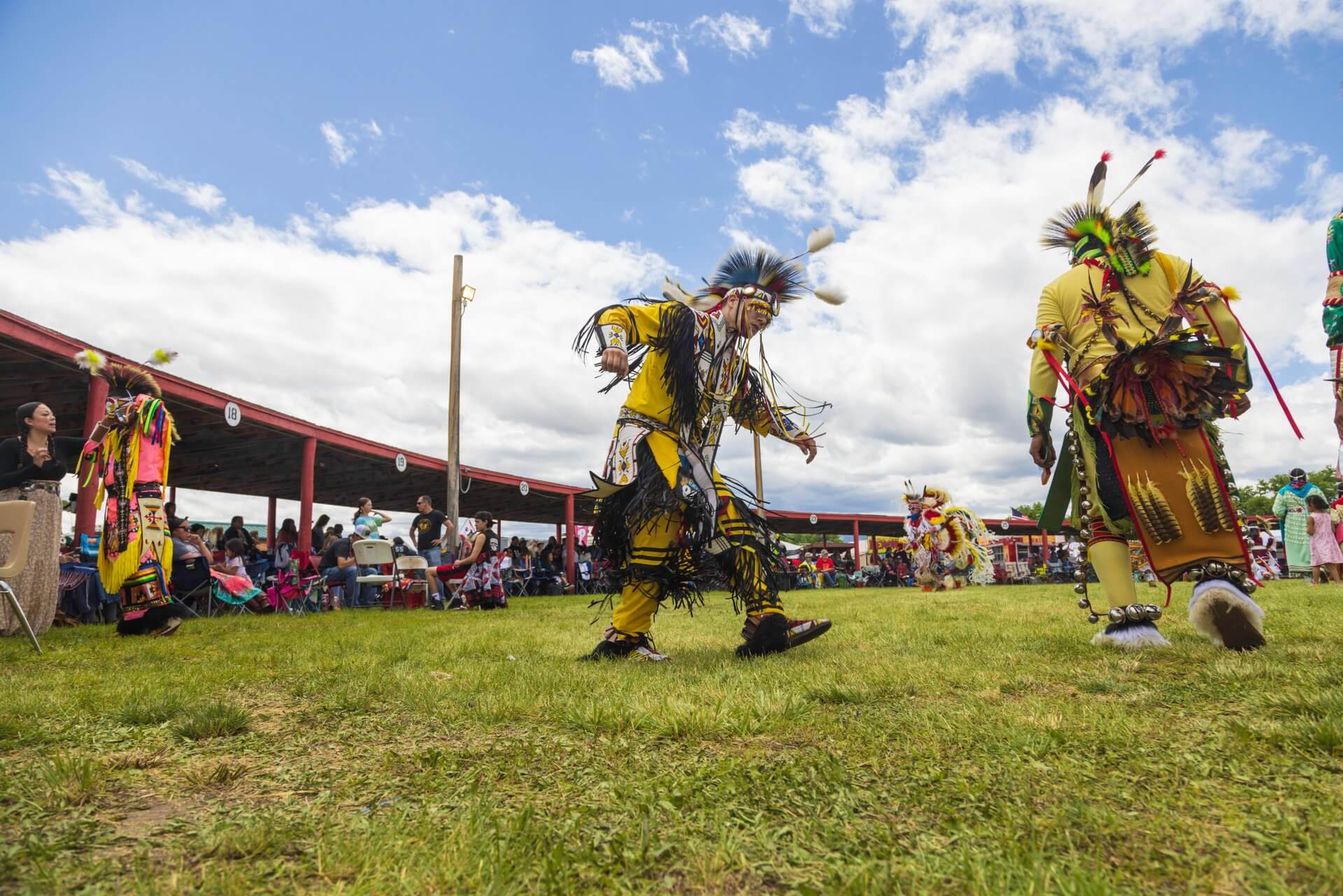
Long before the arrival of Wyoming settlers, the land was cared for and revered by its first peoples. Comprising the Eastern Shoshone, Northern Arapaho, Cheyenne, Crow, and many others, the Plains Indian tribes have lived here for centuries, making them a core part of Wyoming’s deeply rooted Native American history. These tribes maintained a powerful connection to the earth, guided by spiritual practices, oral traditions, and a profound understanding of ecological balance.
The Wind River Indian Reservation, shared by the Eastern Shoshone and Northern Arapaho, remains a vital hub for cultural identity and sovereignty. Another major symbol is the Medicine Wheel/Medicine Mountain National Historic Landmark, a sacred site that has been used for centuries for ceremonies and vision quests. “Things like the Medicine Wheel and Devils Tower, that is where I see the reverence,” states Nancy Tabb, a history archivist at the Johnson County Library. “You go there and you feel the many, many generations of connection with the earth.”
The philosophies of these tribes—centered on respect for the land, community values, and sustainable living—continue to influence broader conversations on cultural diversity and environmental stewardship today.
Travelers are encouraged to respectfully visit these historic sites and landmarks to deepen their understanding of Wyoming heritage through the eyes of its first stewards.
Forging a New Path: Early Settlers & the Spirit of the Frontier
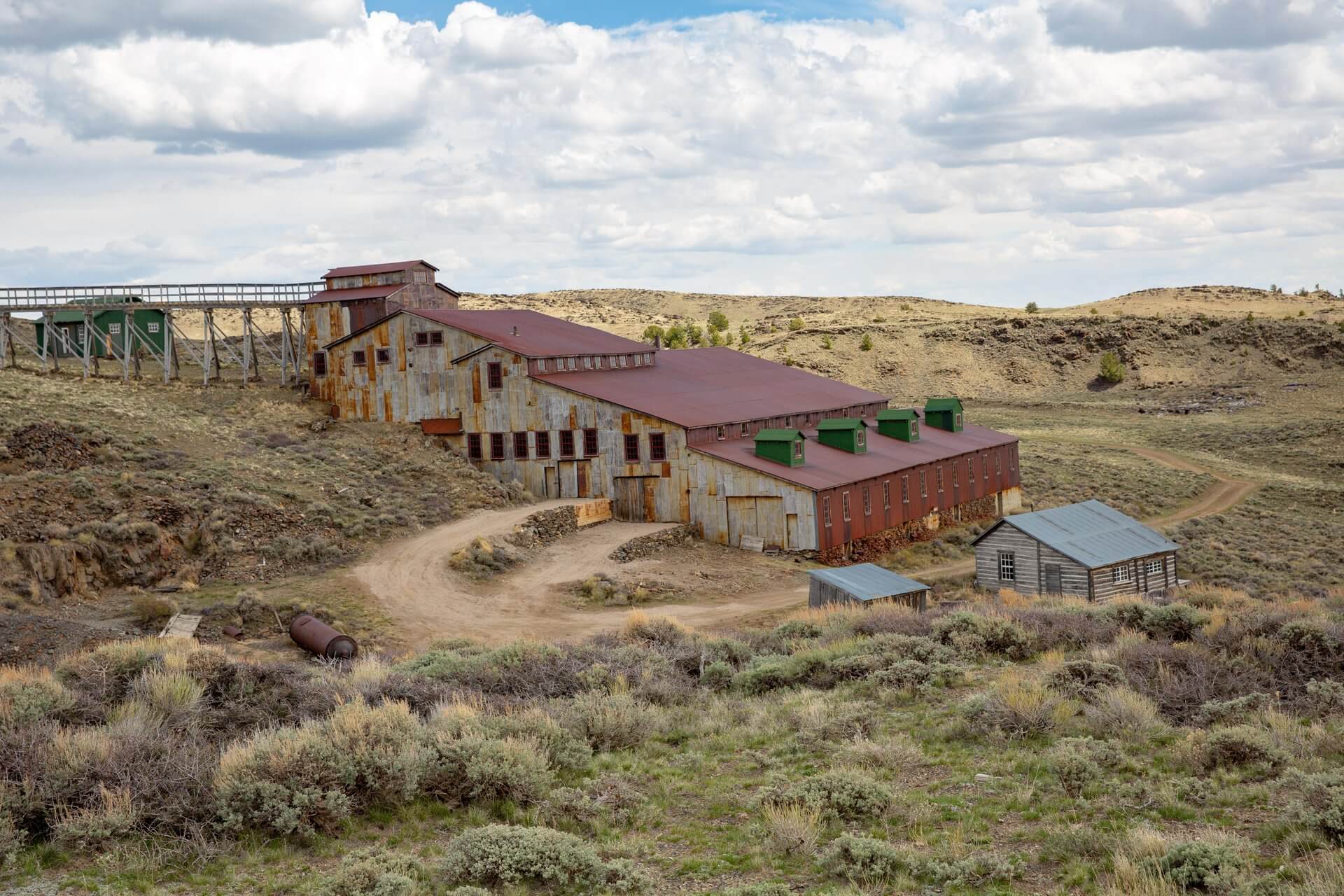
The mid-1800s brought waves of Wyoming settlers, drawn by the promise of land, freedom, and a new way of life. These pioneers braved relentless challenges—from harsh winters to near-total isolation—in pursuit of opportunity on the American frontier. Their resilience and ingenuity laid the groundwork for the self-reliant spirit that still defines the state today.
“There is still this separation and this frontiersman idea that you are kind of on your own in the middle of nowhere,” says Aley Philp, Wyoming Historical Society Executive Director. “I think that speaks to who we are now as Wyomingites, because we are still so vastly separated from each other. [It] ties our population to our history more. It ties into how we can use history for the modern age as well, and that [we can] learn from it to shape the future.”
Historic sites like South Pass City, a former gold rush hometown, offer a glimpse into the lure and hardship of frontier life. Meanwhile, Fort Laramie played a pivotal role as a center of commerce, diplomacy, and migration, particularly along the Oregon and California trails. These well-worn routes were essential to the movement of people and ideals—further cementing Wyoming’s unshakeable place in American western history.
By exploring these preserved towns, trails, and outposts, visitors can gain firsthand insight into how the frontier experience shaped the Wyoming heritage we honor today.
The Cowboy Code: Ranching Roots & Western Identity
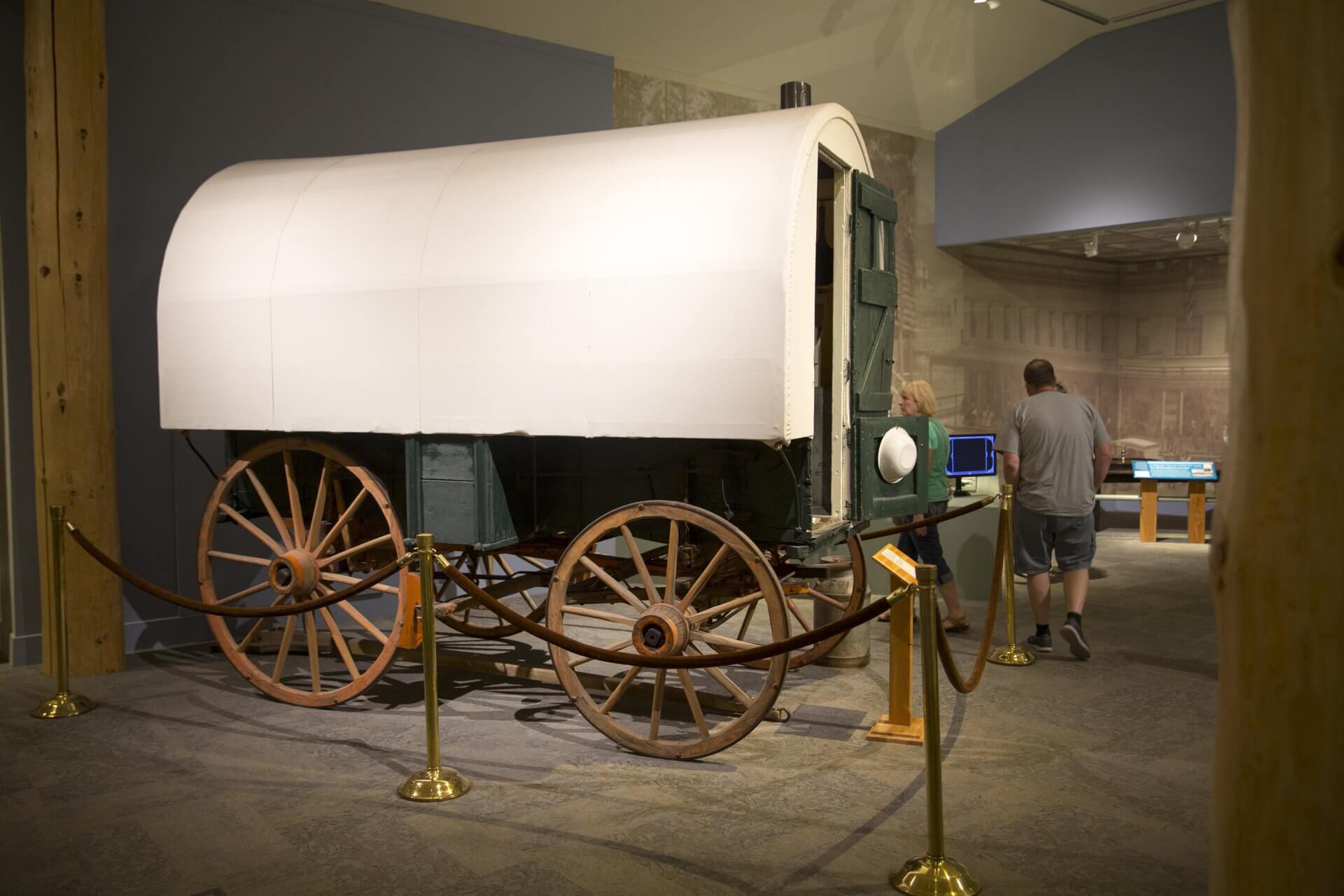
No exploration of the Cowboy State’s culture would be complete without acknowledging the rise of the cowboys and ranchers in the late 1800s. As cattle drives pushed north from Texas and open-range grazing flourished, Wyoming became the heart of ranching culture. With long days, unforgiving weather, and endless miles of prairie, cowboys developed a rugged identity and personal code rooted in independence, loyalty, and grit.
Cheyenne Frontier Days, first held in 1897, celebrates this heritage with thrilling rodeos, parades, and cultural exhibits. Institutions like the Wyoming State Museum and the Buffalo Bill Center of the West preserve this legacy through engaging exhibitions and artifacts, bringing this renowned era to life. These icons of the West have helped shape global perceptions of rugged American individualism and continue to influence everything from literature and film to fashion and ideology.
“The Western dime store novel put us in everybody’s mind, but it really was hard out here,” says Tabb. “These people were so far away from any help. I think the misconception is that, ‘Oh, wouldn’t it have been fun to live back then?’, but it was really hard. They were really lucky if they survived, but it made a hearty population. It made strong people.”
The legacy of resilience and grit still echoes across the state. Experiencing Wyoming cowboy culture today means more than just seeing a rodeo—it’s about stepping into a living tradition that still pulses through the plains.
Carrying the Legacy Forward
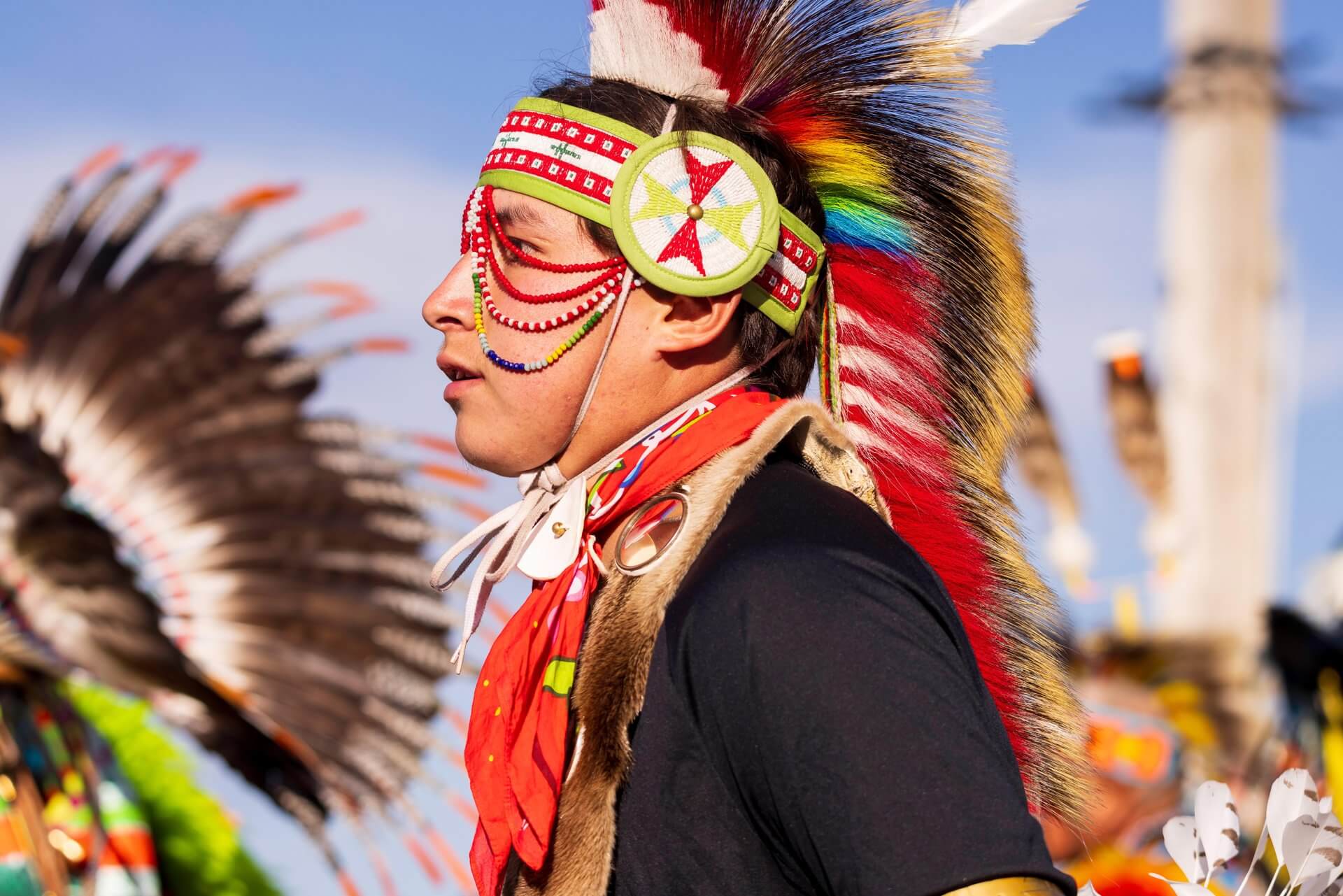
Today, the stories of Wyoming’s past are carried forward through festivals, museums, interpretive trails, and immersive experiences that invite all to engage with this rich cultural landscape. Whether you’re diving into Wyoming’s Native American history or experiencing the vibrancy of ranching culture, this state offers a chance to walk through history in real time.
Want to dig deeper? Click here to explore more of Wyoming’s heritage—historic sites, museums, migration stories, and the enduring legacy of American western history.
